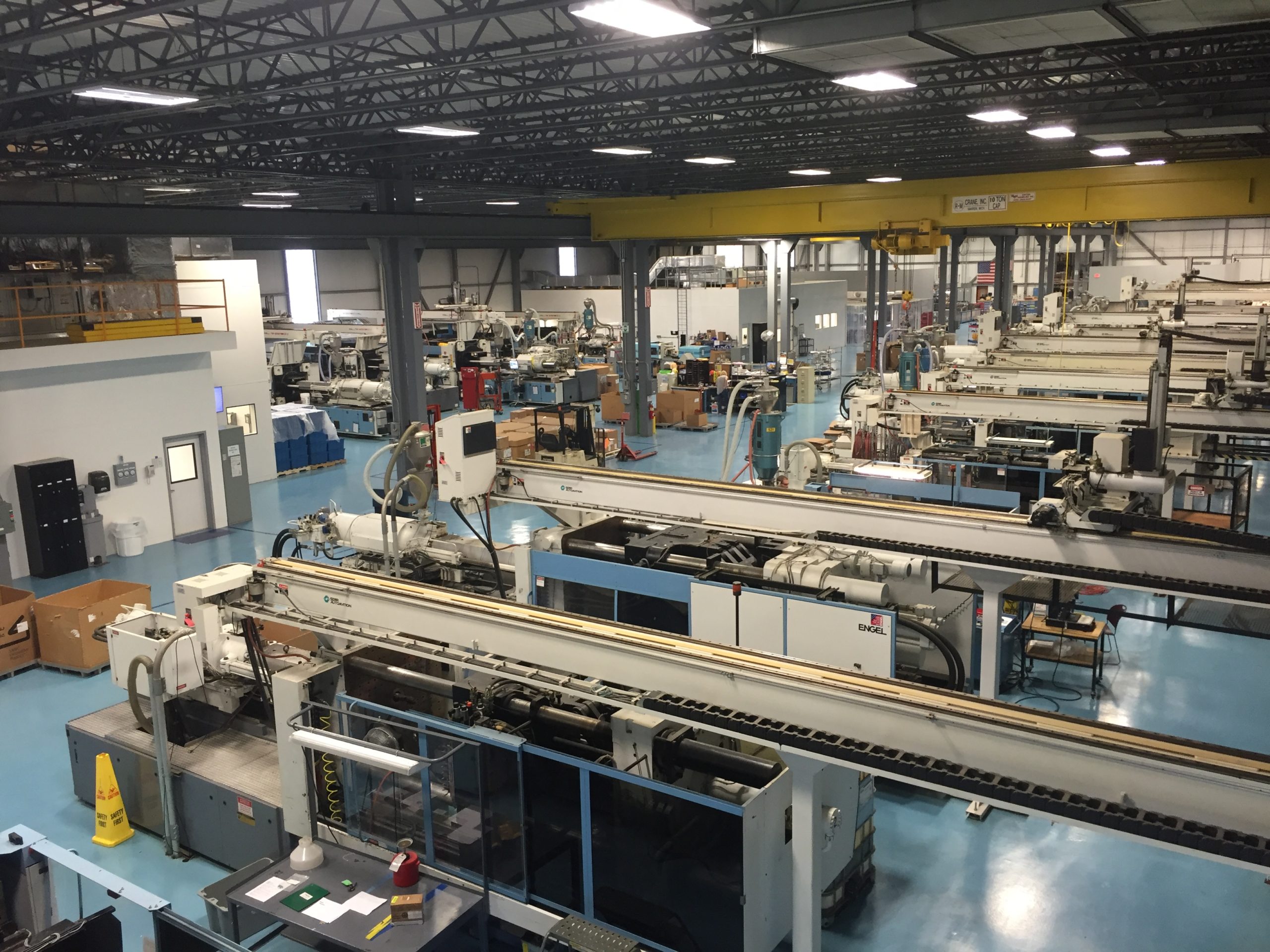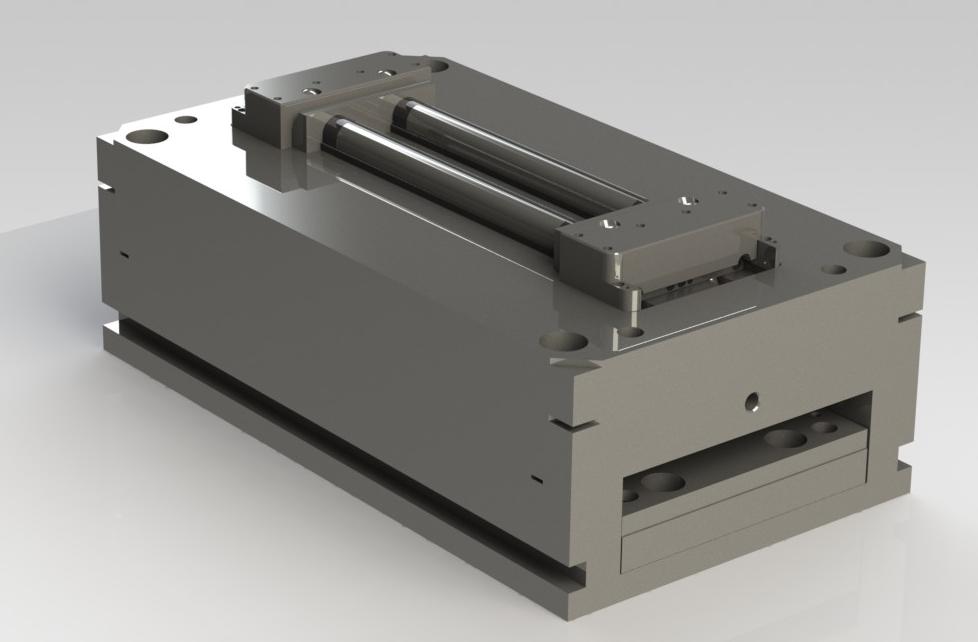Excitement About Die Castings
Wiki Article
Manufacturing Fundamentals Explained
Table of ContentsIndicators on Plastic Manufacturing You Should KnowThe Best Strategy To Use For Die CastingThe Best Guide To Lean ManufacturingAll About MfgThe Greatest Guide To Lean ProductionDie Casting Fundamentals Explained
The message on this web page is a sample from our full White Paper 'Shot Moulding for Customers' - * Sample text * - for complete overview click the download button over! Introduction This guide is planned for people that are seeking to resource plastic mouldings. It gives a much needed insight into all that is included with producing plastic parts, from the mould device required to the moulding procedure itself.If you intend to check out better, the guide covers sorts of mould tools, along with special ending up processes such as colours & plating. Words that are highlighted can be found in the reference in the appendix ... Part I: Moulding: The Fundamentals The Benefits of Injection Moulding Plastic injection moulding is a really specific procedure that offers several advantages over various other plastic handling techniques.
Precision is perfect for really detailed components. You can hold this moulding in the hand of your hand as well as it has bosses, ribs, metal inserts, side cores as well as holes, made with a moving shut off attribute in the mould tool.
Our Die Casting PDFs


from product feed & melting; product shot; cooling down time and ejection to the re-closing of the mould tool all set for the following cycle. Draft angles - The walls of a moulded part must be a little tapered in the direction in which the component is ejected from the mould tool, to allow the component to be expelled conveniently.
Ejector stroke - The pushing out of ejector pins to eject the moulded part from the mould device. Ejector stroke speed, size as well as timing needs to be very carefully regulated to avoid damage to the ejectors and mould tool, but at the very same time make the moulding cycle as brief as feasible.

The Ultimate Guide To Manufacturing
Ribs - When a plastic part has thin wall surfaces, ribs are included in the design to make the slim wall surfaces stronger Side cores - Side activity which generates an attribute on a moulded component, at an opposing angle to the typical opening instructions of the mould device. oem. The side core requires to be able to pull back as the plastic component can not be ejected or else.
Wall surfaces - The sides of a moulded part The text on this page is an example from our full White Paper 'Shot Moulding for Buyers'.
Manufacturing process for producing parts by infusing molten product into a mould, or mold and mildew Streamlined representation of the procedure Injection moulding (united state punctuation: injection molding) is a manufacturing procedure for producing components by injecting molten material right into a mould, or mold and a fantastic read mildew. Shot moulding can be carried out with a host of products mostly consisting of steels (for which the process is called die-casting), glasses, elastomers, confections, as well as most typically polycarbonate and thermosetting polymers. Shot moulding is widely used for producing a range of components, from the smallest elements to whole body panels of automobiles. Advances in 3D printing innovation, utilizing photopolymers that do not melt throughout the shot moulding of some lower-temperature thermoplastics, can be utilized for some simple shot moulds. Injection moulding uses a special-purpose maker that has 3 components: the shot device, the mould and also the clamp.
Get This Report about Die Casting
, with the quantity utilized of the previous being substantially higher.: 13 Thermoplastics are common due to attributes that make them extremely appropriate for injection moulding, such as simplicity of recycling, adaptability for a broad variety of applications,: 89 as well as ability to soften and stream on home heating.In numerous cavity moulds, each cavity can be identical as well as form the very same components or can be distinct and form numerous various geometries during a single cycle. Moulds are usually made from device steels, however stainless-steels as well as aluminium moulds appropriate for sure applications. Aluminium moulds are usually improper for high volume manufacturing or components with narrow dimensional tolerances, as they have substandard mechanical properties as well as are more prone to put on, damage, and deformation during the shot and also clamping cycles; however, aluminium moulds are cost-efficient in low-volume applications, as mould construction costs and time are significantly reduced.
The screw provides the raw material forward, mixes and also homogenises the thermal as well as thick circulations of the polymer, and also minimizes the needed home heating time by mechanically shearing the material and also including a substantial amount of frictional heating to the polymer. The product feeds forward through a check valve and also collects at the front of the screw right into a volume known as a shot. When sufficient product has collected, the material is compelled at high stress and also rate into the part forming cavity. The precise quantity of shrinking is a function find more of the material being made use of, and also can be relatively foreseeable. To stop spikes in pressure, the process normally uses a transfer placement representing a 9598% full dental caries where the screw shifts from a consistent speed to a consistent pressure control.
Indicators on Manufacturing You Need To Know
When the screw gets to the transfer placement the packaging pressure is used, which completes mould dental filling and makes up for thermal shrinking, which is rather high for thermoplastics family member to several various other materials. The packing stress is used until eviction (tooth cavity entrance) strengthens. Because of its tiny dimension, the entrance is usually the initial area to solidify through its whole thickness.: 16 Once the gate solidifies, no more product can go into the tooth cavity; as necessary, the screw reciprocates as well as obtains product for the following cycle you can try here while the material within the mould cools to make sure that it can be expelled as well as be dimensionally steady.Report this wiki page